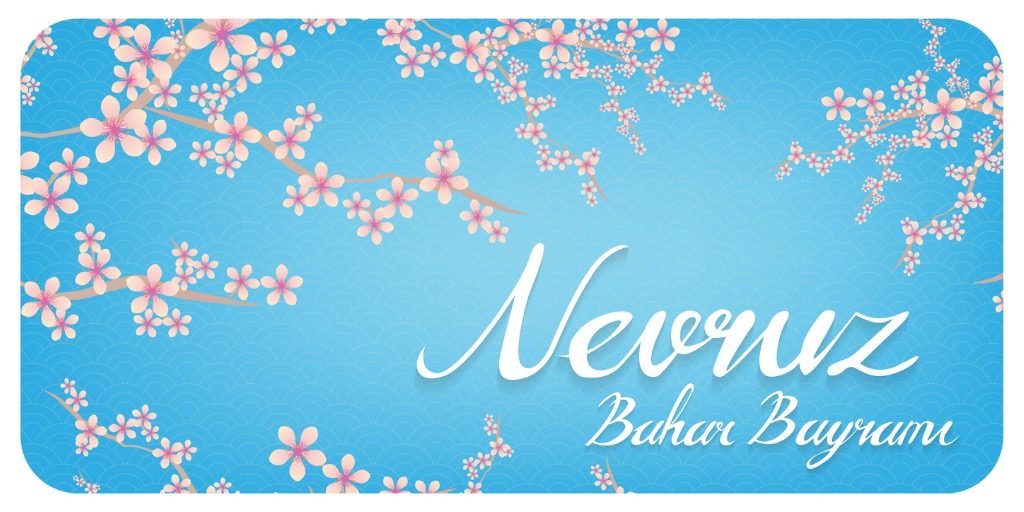Every 21stMarch, people living in Anatolia, Central and South East Asia celebrate the arrival of Spring, called “Nevruz” by the Turks and “Newroz” by the Kurds.
The word Nevruz is derived from the Farsi word for “new day”. It transcends faiths and ethnicities, as people from Iran to India greet the Spring Equinox.
“Nevruz” is regarded by many living in this vast region as their traditional New Year: a rebirth not just of nature, but also of themselves. It is an ancient annual celebration whose roots date back thousands of years.
Festivities will be held to mark the start of longer, sunnier and warmer days in the northern hemisphere. It is a time of both spiritual and physical regeneration, bringing with it hopes and aspirations for a better future.
Each community has its own unique rituals to mark the day, steeped in century-old traditions. Common themes including a thorough spring-clean of their homes, visiting the graves of loved ones, and a day of prayer and reflection.
People often wear new clothes and display fresh spring flowers for the occasion. Family and friends will visit each other, and communal celebrations are held in the streets and other public places.
Some will make a wish that they write on a ribbon and then tie to a tree. Another regional tradition is to light a bonfire and make a wish as people jump over it, in line with their beliefs into the power and purification of natural elements.
For Alevis, this day denotes the birth of their prophet Ali, while some followers of the Old Testament believe this was the day God created Adam and the Earth.
We wish all our readers a Happy Spring! Or in Turkish, Nevruz Bayram’ın kutlu olsun! And in Kurdish, Newroz piroz be!





